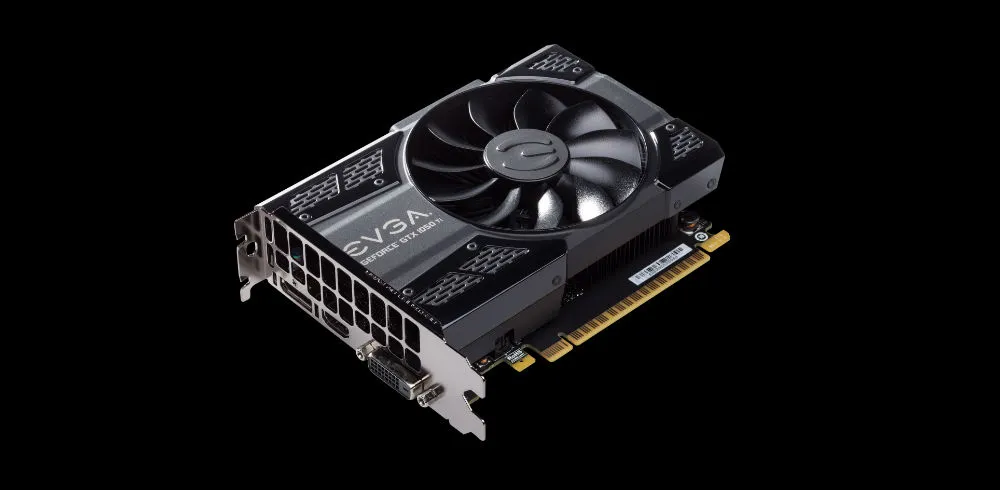If you want a VR-ready console or PC, the core of the system will be driven by a graphics card powered either by AMD or NVIDIA.
AMD found a home inside every PlayStation 4 — some 40 million of them now ready to run PlayStation VR headsets — while NVIDIA seems positioned to lead the home PC market. It’s making for an interesting dynamic as the two graphics chip companies push price down while bringing performance up with new graphics cards. The graphics card is often the most expensive single component in a given VR Ready box, so less expensive chips still capable of driving a high quality experience will be key to lowering barriers for buyers. When combined with software optimizations like those being implemented by Valve and Oculus, the Rift and Vive VR headsets could soon run on a much larger number of machines.
AMD, for its part, is going to power a $500 PC that can drive this minimum experience for the Rift. When combined with the $800 cost for a complete Rift and Touch system, that brings the price of a full VR system down to roughly $1,300, while HTC bundles the Vive with an HP machine for $1,500.
NVIDIA, however, might be able to bring the cost down too. NVIDIA told UploadVR the newly announced GTX 1050 Ti is being evaluated with the newly announced Oculus “Asynchronous Spacewarp” (ASW) optimizations. The GTX 1050 Ti will cost only around $140, so if it is found to meet the Rift minimum specification, it might offer a new entry level for Rift-compatible hardware.
Asynchronous Timewarp (ATW) is an existing optimization Oculus uses to re-project frames in a way that reduces perceived latency between head movement and seeing matching visuals in the headset. The process helps ensure a comfortable VR experience. ASW is a new optimization that complements the earlier one by adjusting for moving objects contained within the scene itself.
Together, the optimizations might allow the GTX 1050 Ti to become the new lowest entry VR hardware. While ASW is under evaluation with the GTX 1050 Ti to see if it will meet the minimum Rift specification, NVIDIA recommends buyers get at least a GTX 1060 or above to drive a Rift.
The GTX 1050 Ti should be available for purchase on Oct. 25.




























